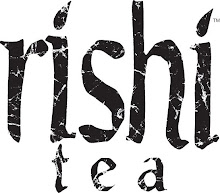
Tea has the power to bring together generations in a ceremony that helps us slow down and appreciate what is right before us, the present moment. Having family all across the country makes it difficult to enjoy a cup of tea together. My family ALWAYS receives tea as gifts but sending tea in a box to them always leaves me with the desire to prepare it for them and enjoy it with them.
This weekend, an impromptu flight to meet my first ever nephew in Newark allowed me to finally fulfill my desire. Not surprisingly, I would make my family one of my favorite teas,
Silver Needle. Magic happens when water is poured over the delicate and fuzzy buds and bai hao fills the water! What floats in my cup? Misty mountains and bits of Chinese Spring.
It brought me great joy to watch them as my family looked in awe as the leaves unfurled and slowly released their enchanting and intoxicating aromas.
For three consecutive days we began our mornings with multiple infusions. We ate breakfast and sat around the table for hours watching and tasting the different nuances each subsequent infusion presented us. I was finally able to make my family tea, to make them a beverage that has consumed me for the past three years, a beverage and experience I feel so proud to share with my family. Hours later we were still giddy from the effect of L-Theanine. We were rosy in the face, experienced warmth in Winter and most importantly, enjoyed the power of the needle.












